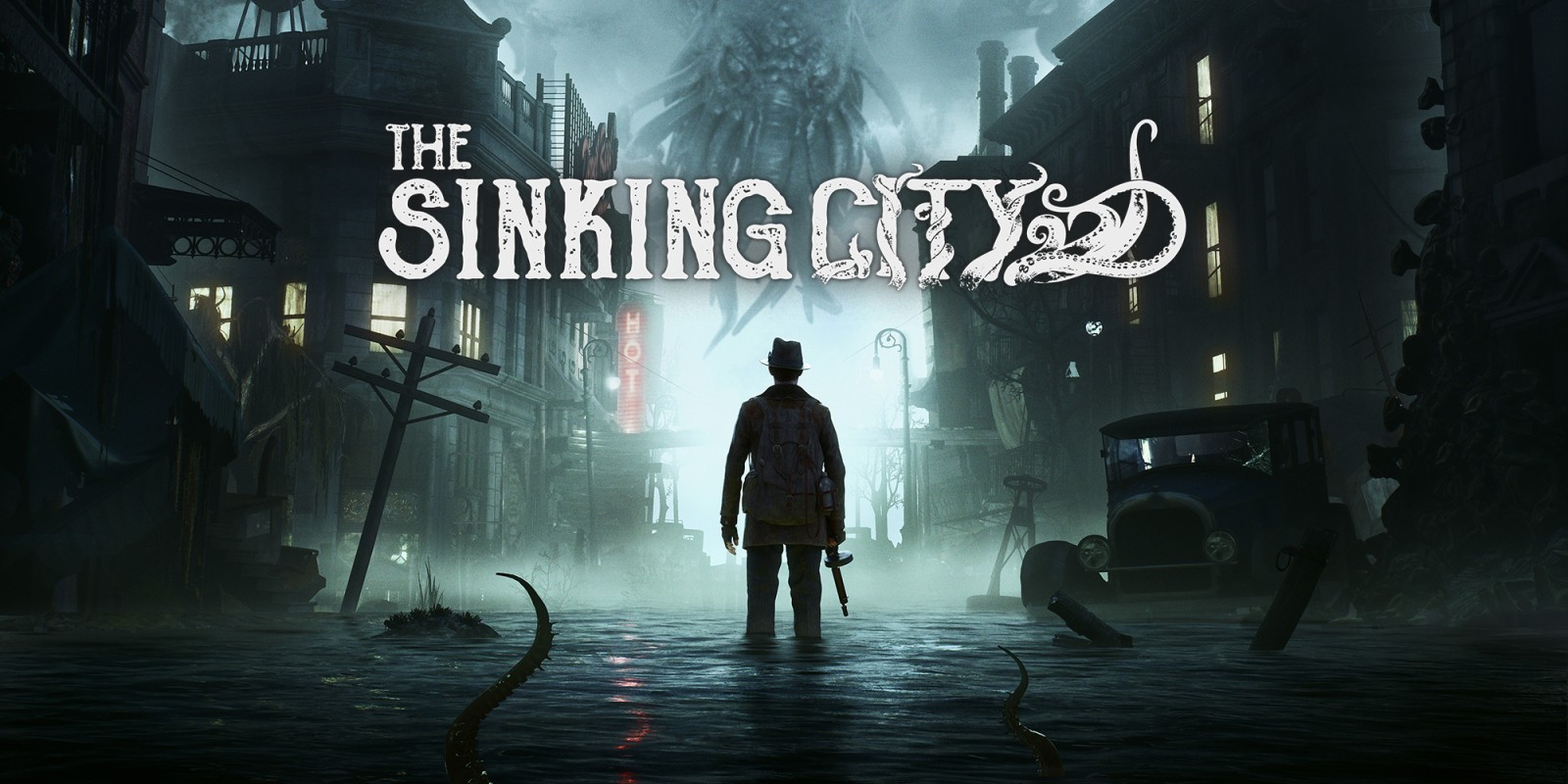The Sinking City
Developed by: Frogwares
Published by: Frogwares
Category: Action Adventure
Release date: 09/12/2019
I’ve come to Oakmont to find a cure for these visions I’ve been having. I’m told there’s a man, Mr. Throgmorton, who can help me get to the bottom of what’s happening to me, the only problem is that his son has gone missing. So here I am, in this rotting shack, trying to coax what happened out of some spooked fisherman. Apparently, the younger Throgmorton washed up onshore and was brought to this house, then he started speaking in tongues and made short work of the three people who live here. One’s dead, one’s missing, and the one left breathing can’t make heads or tails of what happened. Luckily, I’m unnaturally gifted at piecing together mysteries like this and it seems like the police aren’t going to solve this mystery anytime soon.
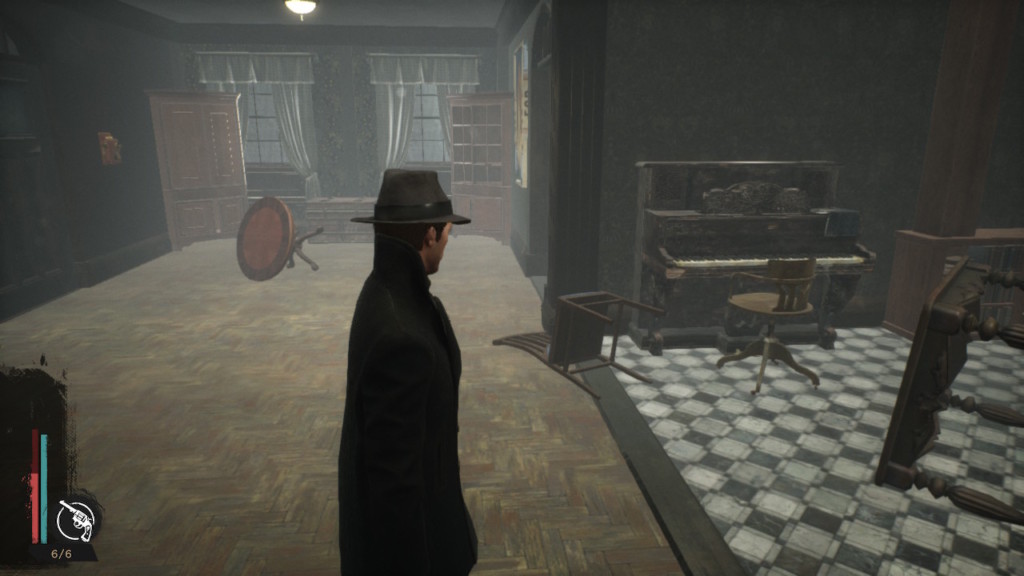
That’s just a small taste of what you’ll come to expect in Frogwares’ newest game, The Sinking City. Famous for their Sherlock Holmes games, Frogwares have brought their considerable skill and history with mystery games to bare here, in their newest work, inspired by the writings of H.P. Lovecraft. But, The Sinking City doesn’t merely recreate Lovecraft’s work but instead adapts it and ties stories together to create a cohesive narrative from the various lore that he created in his stories. Those familiar with Lovecraft’s work are also probably familiar with the myriad issues that arise in his stories, especially with regards to racism. Instead of sweeping those problematic elements under the rug, Frogwares puts those issues central to the many conflicts in the game, though doesn’t always stick the landing. This is mainly explored through the Innsmouthers, people with fish-like features that had to seek refuge in Oakmont after their city was swallowed by the sea.
As a “newcomer” to Oakmont, a city so secluded it doesn’t appear on most maps, you’ll be greeted with plenty of skepticism and wariness, as you navigate a flooded city ruled by crime lords, Innsmouthers, and infested by monsters. As a detective, your skills are in high demand in the city and you can use that to your advantage as you try and uncover the mystery of the madness that is spreading across Massachusetts. It seems nearly everyone you talk to has need of your skills and are willing to withhold information from you until you help them first. Maybe it’s investigating the disappearance of someone, or maybe you need to arrange for an informant to be smuggled out of the city or something much weirder like collecting samples from the abominations that have infested the city. Whatever it is, Charles Reed is on the case.
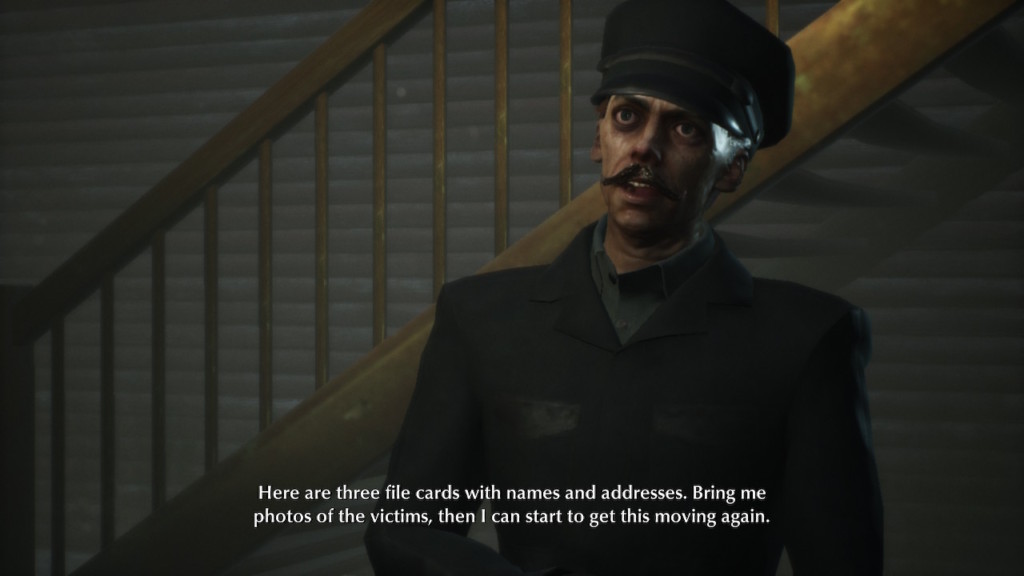
The majority of your time in Oakmont will be spent solving mysteries. In gameplay terms that may go something like this; first, talk to a client to get the case and any relevant information they may have for you. Since buildings in Oakmont don’t have addresses, you’ll need to check your map for intersections and cross streets to visit to find your destination. Luckily the map allows you to place many icons across it to help you navigate the city. Perhaps you don’t even have a location, just general details about a person or event. Then you’ll need to make your way to one of the many archives around the city, including the library, police office, city hall, and hospital. There, you’ll piece together the little information you have in order to pull relevant records that can then send you back into the city on your investigation. The idea is sound, and you can’t brute force things, but having to run across the city to find information that points you back where you just were can be frustrating, even with fast travel. As you collect evidence during your investigation, you’ll piece together clues that lead to deductions. Piece together enough deductions and you can start to determine the outcome of the case. There isn’t just one correct answer for these cases either. Perhaps you believe that turning a person in would do more harm than good, or that certain people are beyond saving. You can make those choices, causing the story to play out in different ways.
The investigation and deduction mechanics are mostly solid. You can adjust the difficulty of the investigations if you want the game to give you fewer hints when investigating, or if you want more guidance. The part where the game stumbles a bit is the fact that you need to collect every piece of evidence for the case to advance, and it can be easy to miss some evidence unless you look directly at it as you walk by. Turns out that pile of books you ran past five times wasn’t just environmental storytelling, you just didn’t point the camera at it correctly. Overall, the cases are well written and allowed me to feel like I was solving the case alongside Reed, instead of being five steps ahead of him like some mystery games will leave you feeling.
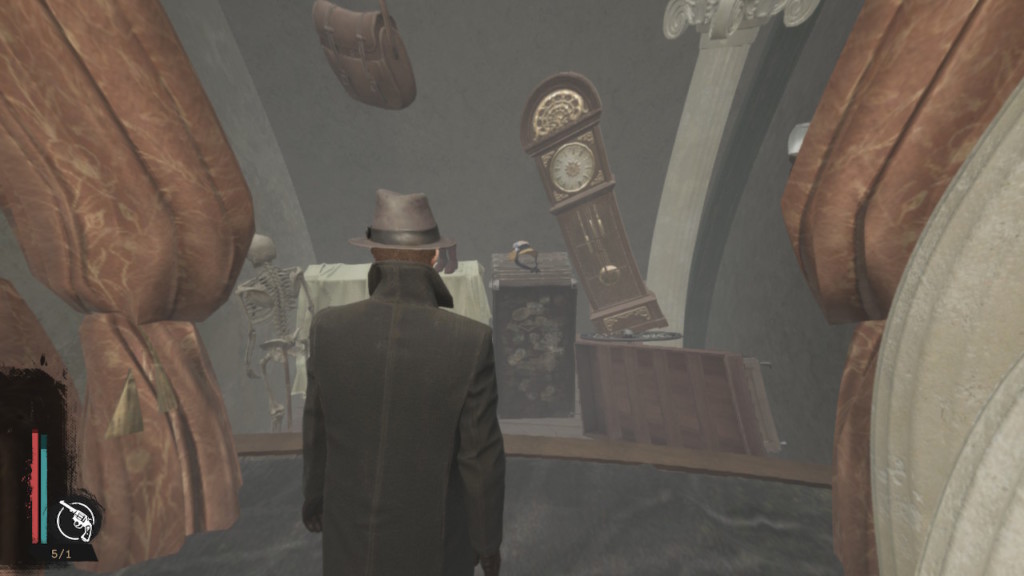
Not so well designed is the combat. Aiming is imprecise, and when ammo is a limited resource that is stressful. You can craft bullets, explosives, and health, in the midst of battle even, but firing half a clip of pistol ammo at an enemy and missing because the controls just aren’t quite right is frustrating. The game has a leveling tree that you can put points into as you gain experience. You can use these points to raise your health or combat prowess, but the whole mechanic feels forced and unnecessary. Luckily, you can turn the combat difficulty down separately from the investigation difficulty, and your experience will be better for it. Checkpoints are far from awful, you might even call them “pretty good,” but the load times on Switch make death a chore.
Which brings us to performance. The Sinking City was originally released on PC, so getting it running on the Switch is quite impressive. Of course, there are a lot of tradeoffs for that. This version of the game looks like it might have been a late Xbox or early Xbox 360 game, with tons of pop-in and muddy textures all around. The character models don’t look awful, but they do look like they’re made of plastic. The hair is especially bad. However, if you’re playing on the Switch you’re most likely not concerned with issues like visual fidelity. There are other problems though, like the previously mentioned load times, and framerate. Things are inconsistent at best, often dipping below 30fps when walking around. My partner found it hard to watch, as it caused her motion sickness. Pausing the game to load the map takes multiple seconds and navigating between different menus is less than snappy. A patch released shortly after the game came out seemingly made performance worse, causing the game to hitch occasionally, especially when attempting to fast travel. Take this as a warning for the upcoming port of The Witcher 3.
The area where the game shines most is in its writing. The main case is intriguing and filled with interesting characters and bits of story and lore to keep the player engaged, assuming you like reading lots of notes strewn about ramshackle houses. Aside from the main case, there are plenty of optional cases you can take on that have their own stories and give you more information about the world. The initial pitch for most of them is rather weak though and relies on the player being motivated by discovering more about the world.
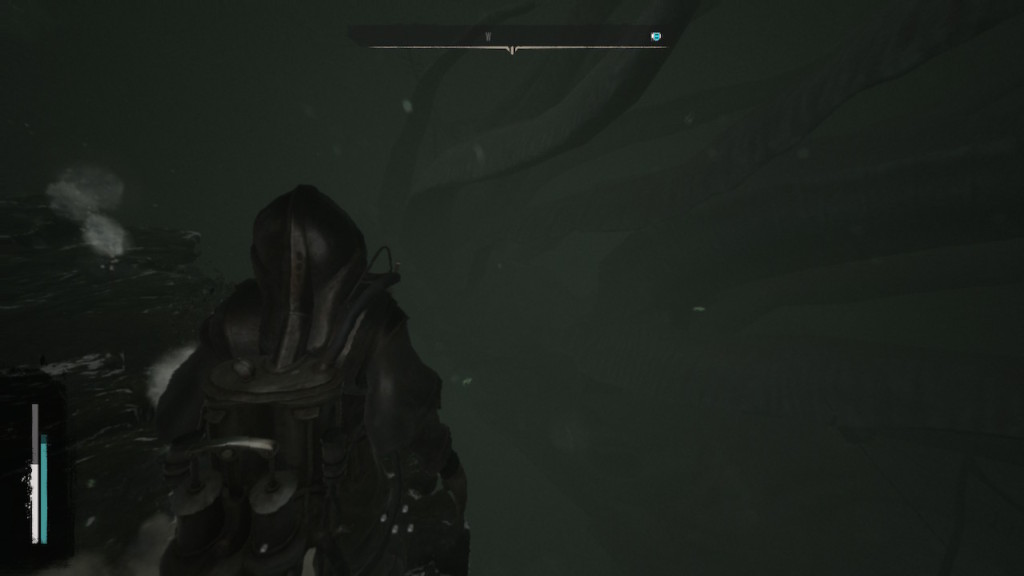
The Sinking City intelligently adapts the works of Lovecraft with a modern telling but stumbles on the landing. While you can make choices throughout the story, in the end they ultimately don’t matter at all. The city feels like a lived-in place, with each of the seven boroughs feeling unique, but there are only a handful of interiors to investigate. This is a case where the journey is much more interesting than the destination, but it isn’t without its bumps.






Buy Now – $49.99

Follow Frogwares
[Review] Backpack Hero – Nintendo Switch

Developed By: Jaspel Published By: Different Tales Category: Role-Playing, Simulation…

